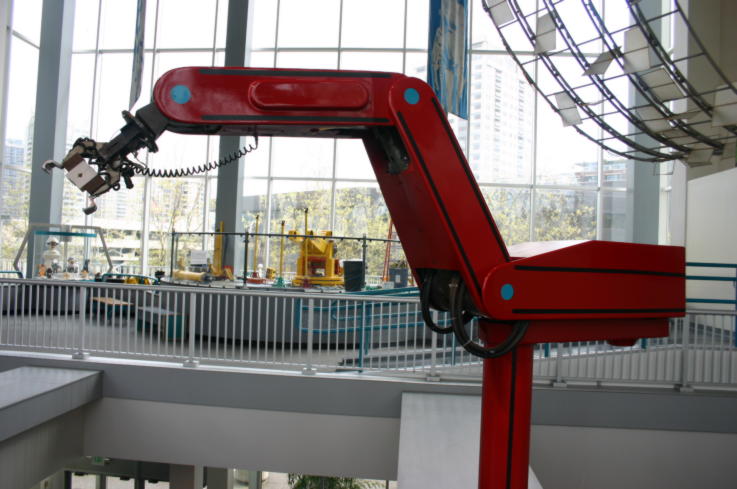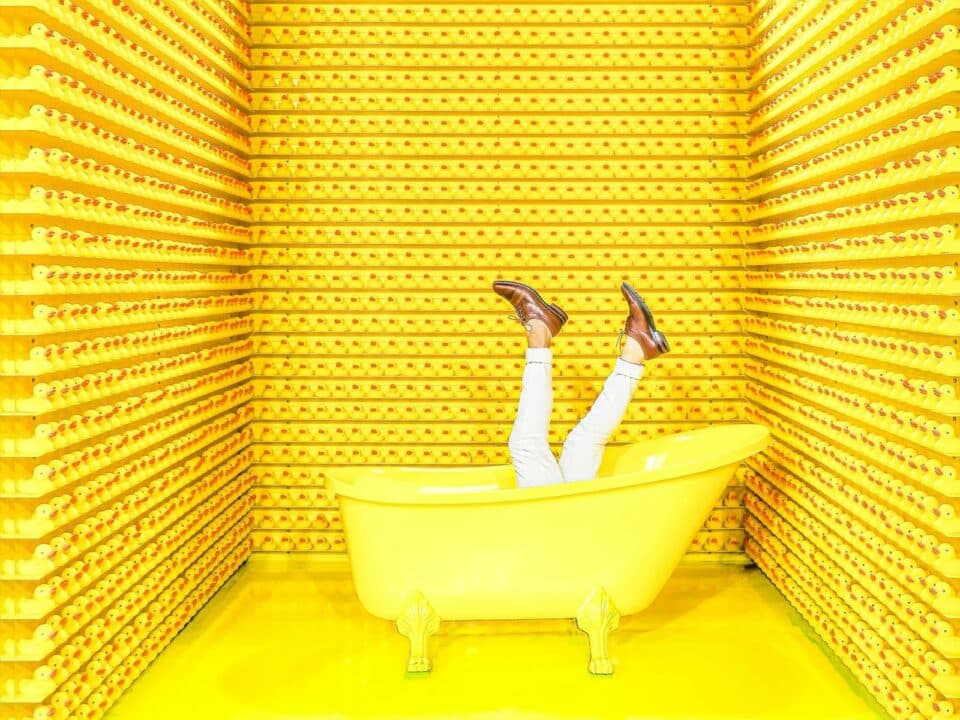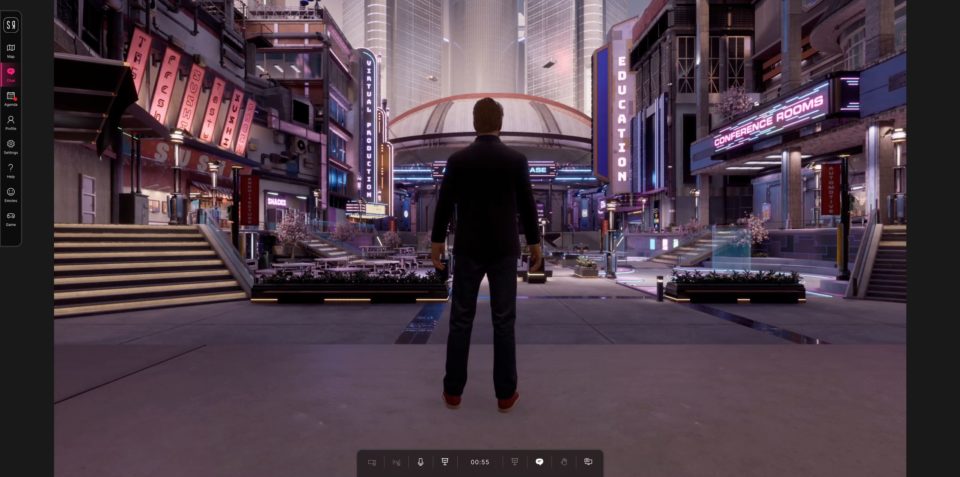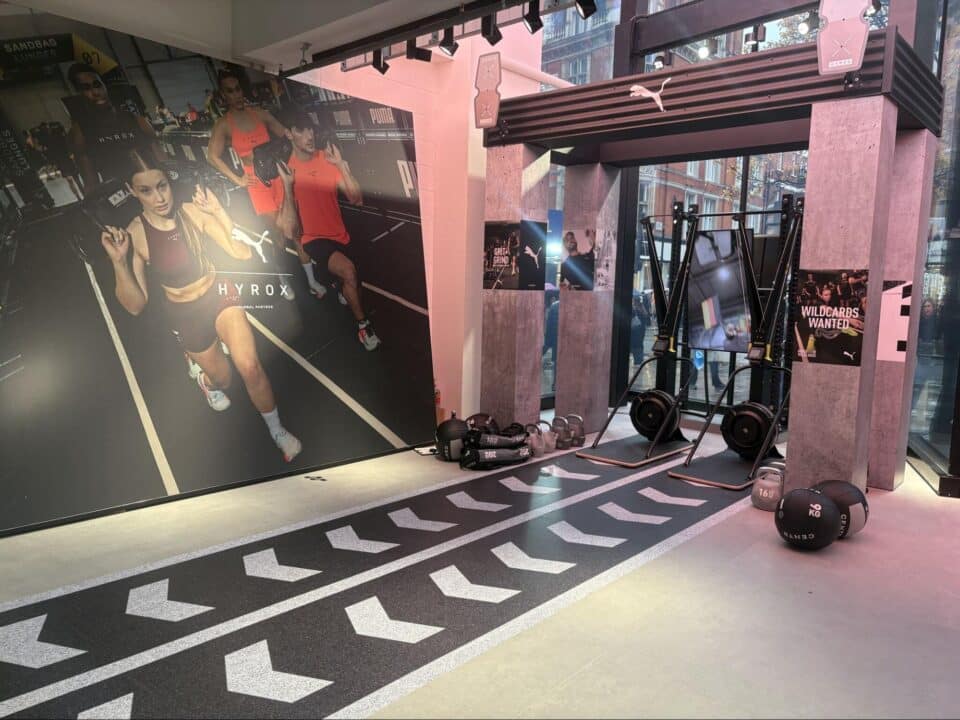Why robots are coming to a retailer near you
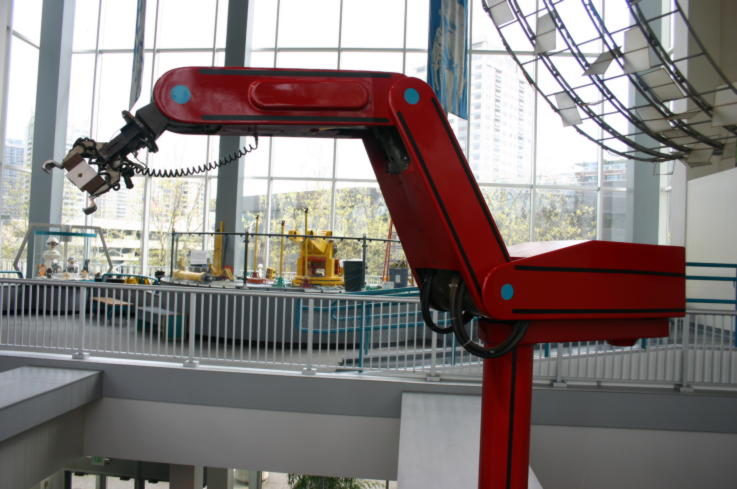
The robots are coming. At least that’s what everyone is telling us. The impact of artificial intelligence (AI) and robotics on jobs has been an increasingly big talking point. Already this year a new report from PWC has predicted that 38% of existing jobs in the US, and 30% in the UK, could face automation by the early 2030s.
Whether this means putting people out of work or just changing the nature of certain roles is yet to be determined. As it stands, robots aren’t quite sophisticated enough yet to seamlessly replace humans in a lot of cases. Our struggles with the self-checkout at the supermarket are evidence of that. But the seeds are definitely being sown.
Retail is one industry in particular where robots are already being put to work in a number of different ways across stores and warehouses.
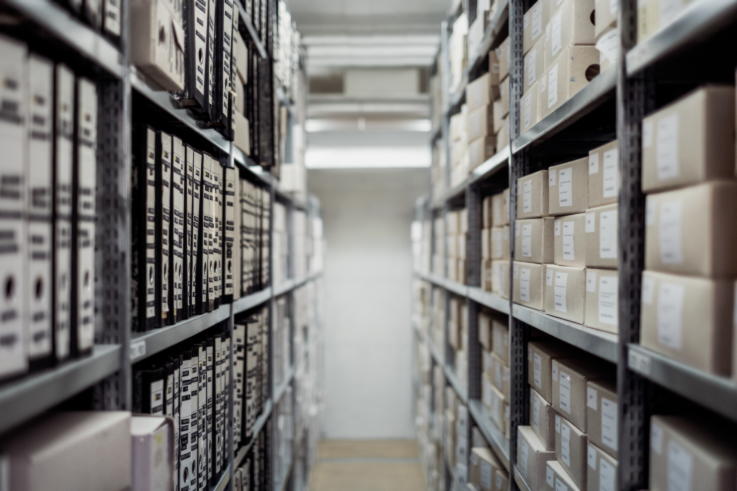
Robots at work in retail
At present, the most established and sophisticated uses of robots in retail are behind the scenes in warehouse and logistics. Last year Target added autonomous robots to one of its biggest distribution centres in California.
Created by Symbotic, the bots use ledges to autonomously travel up and down aisles stacking and move cases of products. By using software to track each case, the bots know where every product is at any one time, making it a quick task to retrieve them. They can also group products together according to where they go on the shop floor to make things easier when restocking.
By making use of the bots Target is able to increase the volume of products held at the centre as they can be packed in more tightly. This delays the need to invest in a whole new facility to increase capacity. They also help the company keep a better record of what products are in the facility and where they are, preventing things from being lost.
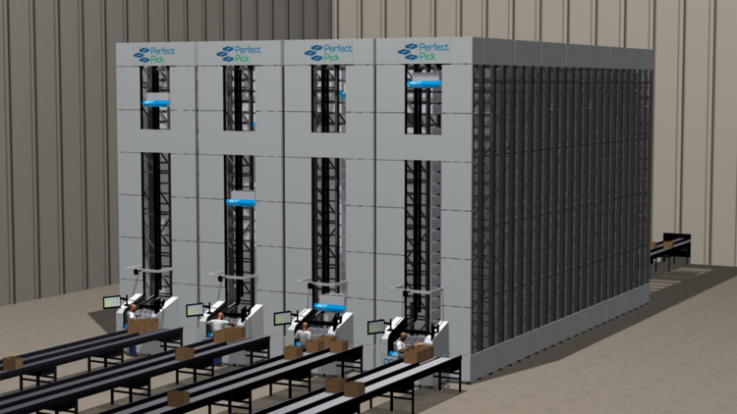
Another company deploying behind-the-scenes robots is the Hudson’s Bay Company. Costing $60 million, the Perfect Pick robotic fulfilment system was installed in the company’s Ontario warehouse in November last year.
Spanning the entire height of the building and incorporating 16 aisles, the system can hold 1 million inventory items and process 4,200 orders an hour. Built by OPEX Corporation, the Perfect Pick system allows operators to input the items they want via a workstation. The system then uses autonomous carriers (iBOTs), to carry the items to the operator in as little as 30 seconds. TheiBOTscan move horizontally and vertically along the rack storage system.
The speed at which the Perfect Pick system can retrieve items massively reduces the amount of time Hudson’s Bay Company spends on picking and shipping products. This offers significant cost savings, as well as allowing the company to process more orders and therefore increase profitability.
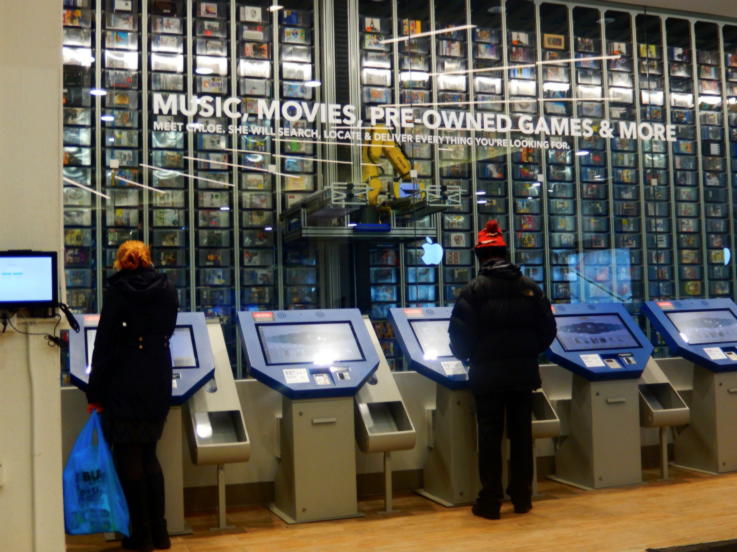
At its Manhattan store, Best Buy has been making use of a bright yellow robotic arm, known as Chloe, to serve customers even out of hours. Housed behind glass, Chloe can fulfil customer orders from a range of over 15,000 DVDs, video games, CDs and tech products. Shoppers use touchscreens to select their products and pay, and then the robotic arms moves up and down the racks to select their items and deliver it to them through hatches. Much like a vending machine.
Customers can even shop for these items when the store is closed thanks to the position of some of the touchscreens in the store entrance. For those who have just remembered a film they love at midnight and have to watch it right away it’s the sort of late night immediate purchase that even Amazon Prime can’t do.
The true purpose of Chloe is to free up staff, letting them deal with other tasks or more complicated enquiries than finding a film or CD. Chloe can also help with inventory by sorting out items loaded into the machine. Again, this lets human staff concentrate on tasks of greater value to the company.
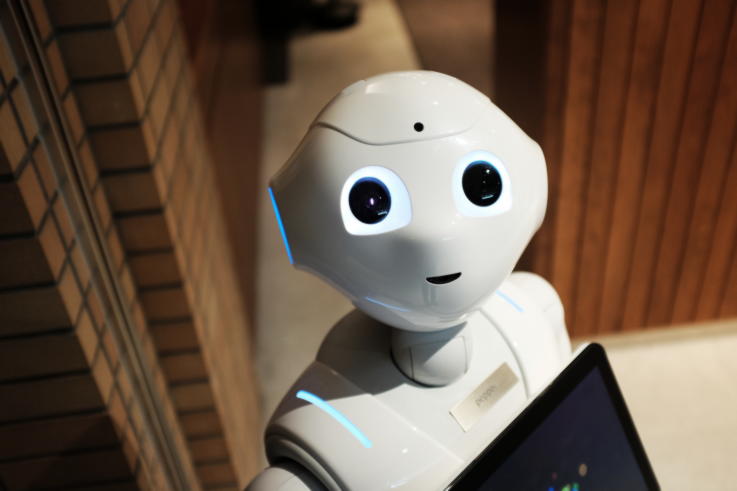
Experimental uses for robots in stores
As robots become standard in some parts of the retail industry, so retailers are experimenting with other uses for them. In particular, more and more retail robot applications are customer facing and on the shop floor.
Humanoid robot Pepper is probably one of the most well-known robots out there. It’s been used in a number of pilots in store around the world to greet customers and help with their enquiries. It can answer questions, provide directions and even chat to shoppers. And like a real human employee it can detect emotions from tone of voice and facial expression which helps it to tailor its responses.
Last year, Pepper creators SoftBank ran a pop-up shop staffed only by Pepper robots. The creatively-named Pepper Phone Shop in Tokyo enabled customers to buy Softbank phones. The robots provided product suggestions and information, and guided customers through the shopping process, from selecting their product on a touchscreen to paying and receiving it from another robot.
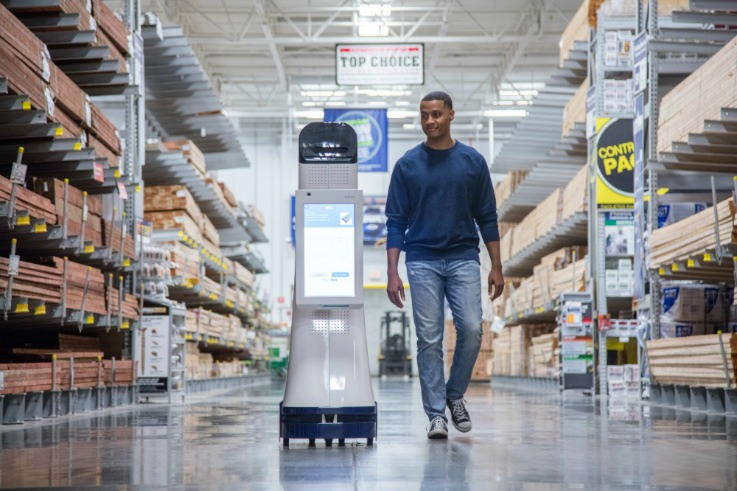
Another company experimenting with in-store help from robots is home improvement chain Lowe’s. Piloted in the San Francisco Bay Area, the LoweBot is an autonomous robot that greets and assists customers when they enter the store.
Made by Fellow Robots, the robot uses a 3D scanner to identify people as they arrive. Customers can then ask it to search for products, either by speaking out loud or using the touchscreen input, and the LoweBot will guide them to where they are in the store. It does this through the use of smart laser sensors.
The LoweBot can also show special offers to customers, and even scan the store shelves to gather inventory info to send to customer assistants. Much like Best Buy’s Chloe robot, the aim is to free up the human store assistants to deal with the more challenging enquiries. It also saves customers time as they don’t need to wander the store aimlessly looking for the product they want, or an assistant to direct them to it.
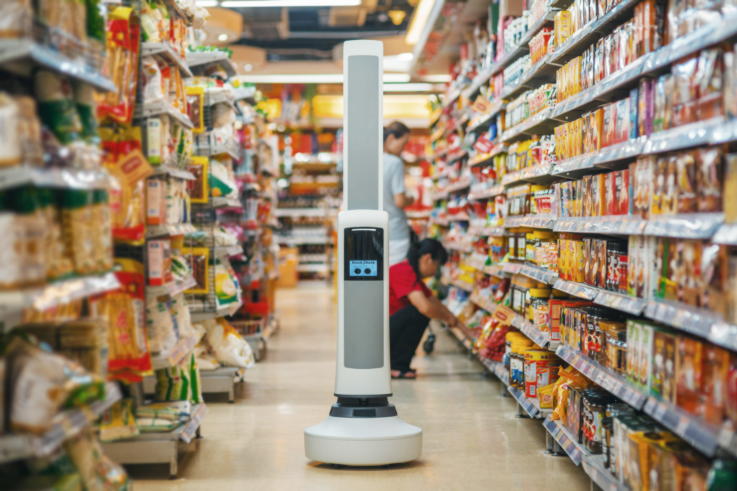
Future uses of robots in retail
More recently Target has been experimenting with Tally, an autonomous inventory robot from Simbe Robotics, in a week-long pilot in its San Francisco store.
Capable of moving around on its own, Tally tracked inventory on the store’s shelves by scanning product barcodes to identify low stock, misplaced and mispriced items. Working alongside shoppers and staff while the store was open, the robot is claimed to be able to check shelves faster than human staff, and more frequently throughout the day. This helps it to maximise sales by flagging up stock issues as they arise.
Once again, it also removes the need for customer assistants to perform boring, repetitive in-store tasks, and in theory reduces the risk of human error when conducting inventory. This could be the way that robots are used in retail going forward.
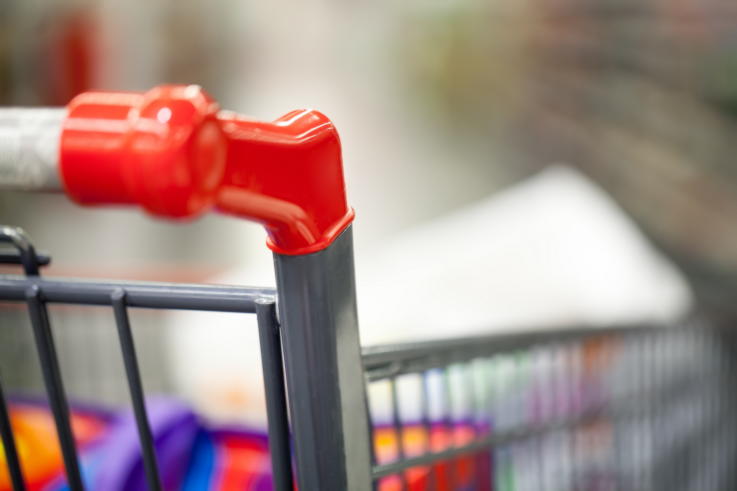
Walmart is also paving the way for robots in the future. As well as experimenting with the use of drones in more difficult roles in its distribution centres, the company also launched a patent last year for a robotic shopping cart.
The cart is envisaged to autonomously follow customers around the store and help them find items on their shopping list. While the technology hasn’t yet come to fruition, it’s another example of how retailers are finding ways to use robotic technologies to save time and effort.
Because that’s the big aim in this. The huge cost involved in developing and implementing robotics means that the benefits for doing so have to be clear. Most of these benefits are around minimising the amount of repetitive tasks that humans, whether they be employees or customers, have to do and the time and effort involved in those. If robots can make the shopping experience more fun or simpler, or contribute to the more efficient running of a store or warehouse then they have a place in retail’s future. And from the looks of it that’s coming up fast.

